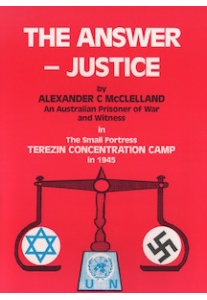| |
Secret political organizations can be—and have been—extremely dangerous to the social health and constitutional vitality of a society. In a truly free society the exercise of political power must always be open and known. Moreover, organizations devoted to violent overthrow of political structures have always, by necessity, been secret organizations. Communist revolutionary cells are an obvious example. In fact, such revolutionary organizations could only function if their existence was secret. Secrecy in matters political in historically associated with coercion. Furthermore, the existence of secrecy in organizations with political ambitions or with a history of political action is always suspect. Freedom is always associated with open political action and discussion while coercion is always associated with secrecy.
Description
In England at any rate freemasonry has become a self-serving organization always discriminating in favour of its own members when it comes to contracts, jobs, careers and promotions. Moreover, we now know that the masonic movement in England was used by the Russian KGB to infiltrate, take over and finally head British intelligence organizations. In September 1984 Scotland Yard in London advised all its police officers not to join the freemasons lest its reputation for impartiality be lost. Given this background, THE ORDER, a secret society also known as SKULL AND BONES, is a clear and obvious threat to constitutional freedom in the United States. Its secrecy, power and influence is greater by far than that of masons, or any other semi-secret mutual or fraternal organization. How secret is Skull & Bones? The Order is intensely secret. If The Order has this intense secrecy, then how are we able to reproduce its documents and memberships rolls? Simply, because secrecy attracts attention. Secrecy creates suspicion of intentions. This in turn generates action to break the secrecy. This series of (four) books is based on several sources, however, information on the cultic aspects comes from a century-old Yale concern about the operations and intentions of Skull & Bones. This concern generated two pamphlets, one issue of a journal and a chapter in a book.
|




